In today’s competitive market, maximizing business efficiency is crucial for success. Efficient businesses can better allocate resources, reduce waste, and enhance profitability.
This guide explores practical tools and techniques that can help you streamline operations and boost productivity. From project management software to workflow automation, we’ll cover essential strategies that can transform the way your business operates.

1. Project Management Tools
Key Tools
- Trello
- Asana
- com
Project management tools are essential for organizing tasks, tracking progress, and ensuring team members are aligned with the business’s goals. These tools provide a visual overview of projects, deadlines, and responsibilities, making it easier to manage complex tasks.
Benefits
- Enhanced collaboration
- Better time management
- Improved task delegation
How to Implement
Start by assessing your team’s specific needs. Choose a tool that offers the required features, such as task assignment, deadline tracking, and integration with other software. Train your team to use the tool effectively and establish clear guidelines.
2. Workflow Automation
Key Tools
- Zapier
- Integromat
- Microsoft Power Automate
Workflow automation tools allow businesses to automate repetitive tasks, reducing the time and effort required for manual processes. These tools can connect different software applications, enabling seamless data transfer and process automation.
Benefits
- Increased productivity
- Reduced errors
- Time savings
How to Implement
Identify repetitive tasks within your business processes. Use a workflow automation tool to create automated workflows that handle these tasks. For example, you can automate data entry, email responses, and social media posting.
3. Communication Platforms
Key Tools
- Slack
- Microsoft Teams
- Zoom
Effective communication is critical for business efficiency. Communication platforms facilitate real-time collaboration, quick decision-making, and better team coordination. These tools often come with features like file sharing, video conferencing, and integration with other software.
Benefits
- Enhanced team collaboration
- Faster decision-making
- Improved remote work capabilities
How to Implement
Choose a communication platform that suits your team’s needs. Encourage regular use of the platform for all work-related communication and set guidelines for usage to ensure that communication remains organized and efficient.
4. Customer Relationship Management (CRM) Systems
Key Tools
- Salesforce
- HubSpot
- Zoho CRM
CRM systems help businesses manage interactions with current and potential customers. These tools organize customer information, track sales interactions, and streamline communication, leading to better customer service and increased sales.
Benefits
- Improved customer relationships
- Increased sales efficiency
- Better data management
How to Implement
Select a CRM system that aligns with your business’s needs and budget. Train your team to use CRM effectively and ensure all customer interactions are logged into the system. Regularly review CRM data to identify trends and opportunities for improvement.
5. Accounting Software
Key Tools
- QuickBooks
- Xero
- FreshBooks
Accounting software simplifies financial management by automating invoicing, expense tracking, and financial reporting tasks. These tools provide accurate financial data, crucial for making informed business decisions.
Benefits
- Streamlined financial processes
- Accurate financial reporting
- Better cash flow management
How to Implement
Choose an accounting software that meets your business’s financial management needs. Integrate the software with your existing systems, such as your CRM and e-commerce platforms. Regularly update financial data to ensure accuracy.
6. Time Tracking Tools
Key Tools
- Toggl
- Harvest
- Clockify
Time tracking tools help businesses monitor time spent on various tasks and projects. These tools provide insights into productivity, helping managers identify areas for improvement.
Benefits
- Enhanced productivity
- Better project management
- Accurate billing and payroll
How to Implement
Implement a time-tracking tool across your team. Encourage employees to track their time accurately and use the data to analyze productivity. Adjust workflows and processes based on the insights gained from time tracking.
7. Inventory Management Systems
Key Tools
- TradeGecko
- NetSuite
- Ordoro
Inventory management systems streamline the process of tracking inventory levels, orders, sales, and deliveries. These tools help businesses maintain optimal inventory levels and reduce the risk of overstocking or stockouts.
Benefits
- Improved inventory accuracy
- Reduced carrying costs
- Enhanced order fulfillment
How to Implement
Choose an inventory management system that integrates with your sales and accounting software. The system can track inventory in real-time and generate reports on inventory levels and turnover rates.
8. Data Analysis Tools
Key Tools
- Tableau
- Google Analytics
- Microsoft Power BI
Data analysis tools help businesses make sense of large volumes of data, providing insights that can drive strategic decisions. These tools offer data visualization, reporting, and predictive analytics capabilities.
Benefits
- Better decision-making
- Identified trends and patterns
- Improved business strategies
How to Implement
Implement a data analysis tool that meets your business’s analytical needs. Use the tool to collect and analyze data from various sources, such as sales, marketing, and customer service. Regularly review the insights gained to inform business strategies.
9. Document Management Systems
Key Tools
- Google Drive
- Dropbox
- SharePoint
Document management systems help businesses store, organize, and share documents electronically. These tools improve accessibility and collaboration while reducing the reliance on paper-based processes.
Benefits
- Enhanced document accessibility
- Improved collaboration
- Reduced paper usage
How to Implement
Select a document management system that fits your business’s needs. Migrate existing documents to the system and establish clear document organization and sharing guidelines. Train your team on how to use the system effectively.
10. Human Resource Management Systems (HRMS)
Key Tools
- BambooHR
- Workday
- ADP
HRMS tools streamline human resource processes, such as payroll, benefits administration, and performance management. These systems improve HR efficiency and provide better employee data management.
Benefits
- Streamlined HR processes
- Better employee data management
- Improved compliance
How to Implement
Implement an HRMS that aligns with your business’s HR needs. Ensure all HR processes are integrated into the system, and train HR personnel to use the tool effectively.

Empower Your Business With Efficiency
Maximizing business efficiency requires the right combination of tools and techniques. Implementing project management tools, workflow automation, communication platforms, CRM systems, accounting software, time tracking tools, inventory management systems, data analysis tools, document management systems, and HRMS tools can streamline your operations and boost productivity.
Each tool brings unique benefits that can transform your business processes and help you achieve your goals more effectively.
At Unboxed Advisors, we specialize in helping businesses identify and implement the best tools and techniques for maximizing efficiency. Our expert guidance ensures you choose the right solutions tailored to your needs, driving growth and success.
Following the strategies outlined in this guide can enhance your business efficiency, stay ahead of the competition, and achieve long-term success. For more insights and personalized advice, visit Unboxed Advisors.
You May Also Read
- How Can an EOS Integrator Revolutionize Your Business?
- 5 Strategies to Master Financial Agility
- Choosing Your Tax Specialist: Enrolled Agent vs. CPA






